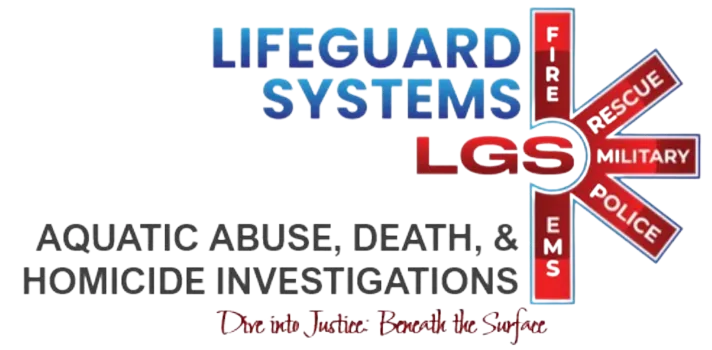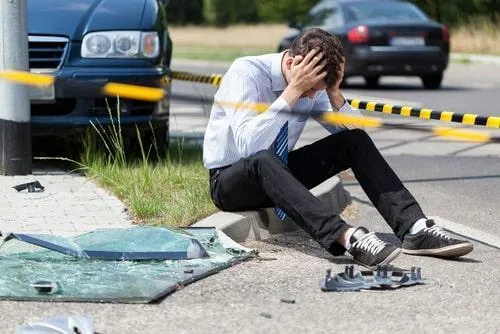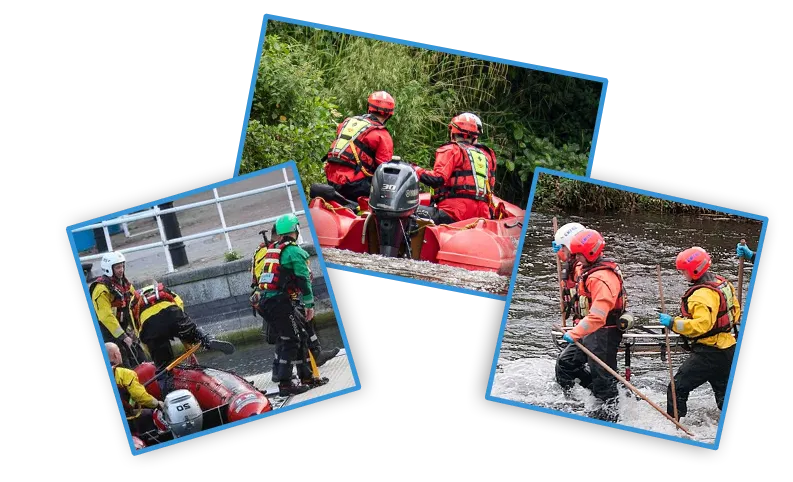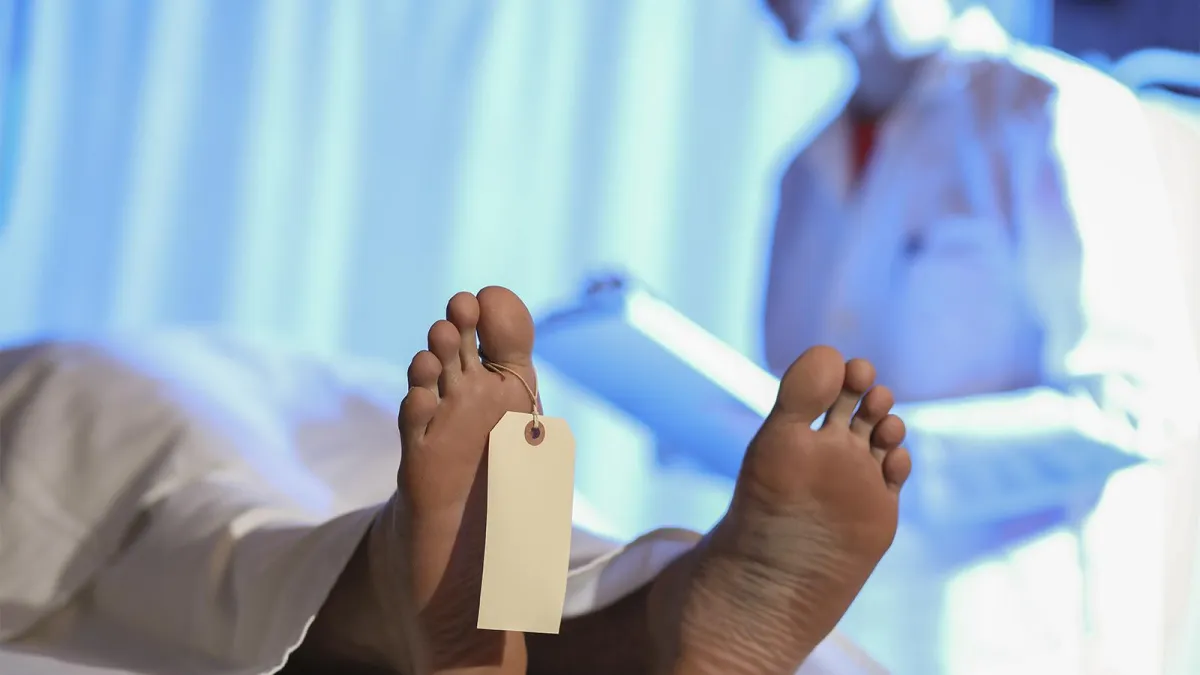
UNEARTH THE TRUTH. ADVANCE YOUR EXPERTISE.
DIVE INTO JUSTICE.
Tragic Accident or Homicide? How to know for sure.
For all Dive Team members & Law Enforcement Personnel including:
Detectives
Patrol Officers
Crime Scene Technicians
Medical Examiners
Coroners, & Prosecutors


What were you taught about Body Found in Water investigations?
Is it a body dump or a drowning? State-of-the-art diagnostics of drowning
What to photo and document on body & scene
Bathtub, bucket, toilet, pool, & open water incidents.
SIDS or Homicidal Drowning?
Preservation of possible water crime scene
What happens to submerged bodies and evidence?
Submerged evidence recovery / processing (DNA, weapons, fabrics, pollen etc).
Was it not there - or did the dive team miss it?- How to tell the difference
Indications of homicides by drowning.
Autoerotic aquatic asphyxia and Aquatic Sexual Sadism.
Aquatic child abuse
Take this Assessment to see if you, your agency, & supporting agencies are prepared for the next Aquatic Death & Homicidal Investigation:

Training and Expertise
What specific training or certifications do your investigators receive regarding aquatic death and homicidal drowning investigations?
How frequently is this training updated or reinforced?
Are there specialized units or personnel dedicated to handling water-related incidents?

Protocols and Standard Operating Procedures
Do you have specific protocols or standard operating procedures in place for handling aquatic death and homicidal drowning investigations?
How are these protocols communicated and implemented within your agency?
Are there guidelines for scene preservation, evidence collection, and collaboration with other agencies or experts?

Interagency Collaboration
How do you coordinate and collaborate with other entities involved in aquatic death investigations, such as medical examiners, forensic experts, or search and rescue teams?
Is there a designated point of contact or established communication channels for interagency collaboration?
Have you participated in joint training exercises or simulations with these entities?

Resources and Equipment
What specialized resources, equipment, or tools do you have available for conducting investigations in aquatic environments?
How do you ensure the availability and maintenance of these resources?
Are there partnerships or agreements in place to access additional resources if needed?

Past Experiences and Lessons Learned
Can you provide examples of previous aquatic death or homicidal drowning investigations your agency has handled?
What challenges or lessons have you learned from these cases?
Have you made any changes or improvements in your procedures based on past experiences?

Expert Consultation
How do you engage with forensic experts and medical examiners in the investigation process of aquatic deaths?
Are there established relationships or contracts with external experts to provide specialized assistance when needed?
How do you ensure their expertise is effectively utilized?

Continuous Improvement
What initiatives or measures are in place to continuously enhance your agency's capabilities in handling aquatic deaths and related investigations?
Do you participate in professional associations or training programs specific to water-related incidents?
Your answers to these questions can help assess the level of training, protocols, resources, collaboration, and overall preparedness of law enforcement agencies and personnel when it comes to aquatic death and related homicidal investigations.
Top 5 Things every supporting agency should consider
Proper Training and Expertise:
Handling aquatic death and homicidal drowning investigations requires specialized training and expertise. Law enforcement agencies should ensure that their personnel receive proper training in forensic aquatic investigations to effectively recognize and investigate these cases.


Scene Preservation:
Preserving the scene is crucial in aquatic death investigations. Once a body is recovered from water, it is essential to protect the area to prevent contamination or loss of potential evidence. Timely notification to investigators and forensic experts is crucial to maintain the integrity of the scene.
Autopsies and Forensic Analysis:
Autopsies play a critical role in determining the cause and manner of death in aquatic cases. Forensic Pathologists and Medical Examiners need to have experience in identifying and documenting specific injuries associated with drowning, as well as signs of trauma or foul play.


Coordinated Multidisciplinary Approach:
Preserving the scene is crucial in aquatic death investigations. Once a body is recovered from water, it is essential to protect the area to prevent contamination or loss of potential evidence. Timely notification to investigators and forensic experts is crucial to maintain the integrity of the scene.
Mishandling and Initial Challenges:
Several factors can contribute to the mishandling of aquatic death cases initially. Some common challenges include the difficulty in recognizing signs of drowning due to lack of understanding, misinterpretation of post-mortem changes in bodies submerged in water, inadequate training of first responders, and the complex nature of underwater crime scene investigations.


Andrea Zaferes
MEET YOUR EXPERT INSTRUCTOR
Zaferes is a noted speaker at Forensic/ Rescue Conferences worldwide, has published several books in the PSD field and consults on homicidal drowning cases across the U.S. & Canada.
Past diving honors include: DAN Rolex Award, Beneath the Sea Diver of the Year Award, Women Divers Hall of Fame & much more.
Andrea’s credentials include:
Expert Legal Witness for diving and other water-related incidents.
Homicidal Drowning Investigation, assists law enforcement and
private citizens with homicidal drowning investigations.
Numerous Media Interviews.
WHAT HAVE OTHERS SAID ABOUT THIS CLASS?

Tyler Pacheco
Designation
Mona Fellers, Grand Junction, CO
Designation
Chief Depty. Investigator Paul Kirkham, Apache County Attorney’s Office, Arizona
Designation
Detective Eric Ronning, Oregon
Designation
- Doug Sherwood, Calgary PD
Designation
- Allie Phelps, Colorado
Designation
- Don DiDomenico, Abington FD, Massachusetts
Designation
- John Krause, Peoria PD, Arizona
Designation
- Mark R. Malamatos, San Diego County PD, San Diego, CA
Designation
- Latroy Campbell, Goodyear PD, Goodyear, AZ
Designation
- Sandra Joseph, San Diego Medical Examiner’s Office, San Diego, CA
Designation
- Mark Bullock, Etowah County Sheriff’s Office.
Designation
- Sgt. Lisa Colwell, Yuma PD, Yuma, AZ
Designation
– April Smith, Deputy Coroner, Riverside County Coroner’s Office, Riverside Cty, CA
Designation
– Det. Robert Claus, Alaska State Troopers, Klauock, Alaska
Designation
– Brad Davis, Lethbridge FD, Lethbridge, Alberta
Designation
– Cst. Christian Reister,Royal Canadian Mounted Police, Calgary Major Crimes Unit
Designation
- Gene Battaglia, Retired Police Office, Dublin, CA
Designation